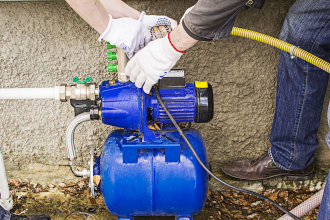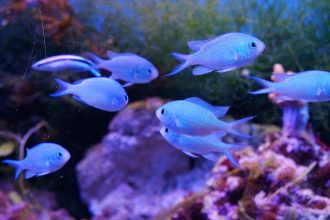The most important factor you need to consider while transporting your precious water critters, is just to ensure that they are safe. You have to make sure all the necessary supplies are available in a self-organized manner. So, get ready to pack and safe-transfer, as we guide you through these articles with all the right steps you need to take, in order to do it correctly.
Safety Measures
Check out the safety measures:
Have a Plan
Before you get started with anything, you need a plan. You need to exactly know what is going to be your path or course of action. When you’re planning on how you’re going to transport your fishes or go forward with the safe transport, you also decide what are the items you actually require. Say, for example, you need a plastic bag or something equivalent for the fishes you’re carrying, but at the same time you also have to choose that particular accessory according to their correct size.
Similarly, you also have to plan out the right duration you’re going to allow your fishes to be exposed to questionable conditions and have a good knowledge of their endurance. If things are not pre-planned, and there are even subtle miscalculations, things could turn out to be really unfortunate. There’s no room even for the slightest of errors.
Gather Your Equipment
Next most important thing is gathering the right equipment. To simplify it for you, let’s have a quick look at the exact items you require:
-
Bucket for vegetation
You need to first off make sure the aquarium plants you’re carrying are well packed. All you have to do is take a bit of suitable substrate, shallow plant the precious aquarium plants accordingly. If not, the other way would be just to submerge the plant in a pot of water. Seal the exposed regions with some light, transparent covering. Make sure the wrapping has very tiny holes in it for some air, and you’re good to go.
-
Transfer your fish
Next up is your precious aquarium critters, how to transfer them? Just take a nice plastic bag and do a little twist on top to lock it and avoid spilling or falling out. That only works if the transport distance is short. If you keep the fishes in that condition long enough, they will eventually die. In case of longer distances, we suggest you use a plastic container instead.
It provides more security and the lid on top makes it an overall better structure, for comparatively longer distances. If your fish is not the typical size and is larger than average, in that case, we suggest you to just use a small nano-tank (5 gallons) for the process, which you can fit in the back of your car or your preferred transport medium.
-
Duct tape
As simple as it sounds, duct tape plays a major role in this entire aquarium transfer deal. This tape seals the deal. In easier words, it provides an extra layer of security by locking the containers, or apparatus you’re carrying the essential beings or elements in.
-
Siphon
A Siphon or a Siphon hose is of utmost importance when you need to do your tank clearance. For the removal of water, you use a siphon to dry it off, after you’re already done with packing up everything else. Then, your dry tank is ready to be transported to your desired location.
Ready for the journey
A quick step-by-step briefing after you’ve gathered the necessary equipment, let’s see:
Step 1: Pick out the aquarium plants and separate them in their respective pots or containers submerged in water.
Step 2: Make the usage of a Siphon to get rid of all the remaining drops of water in your aquarium. Your tank should be nice, dry and clean before it is ready for the journey. After the journey is over, your tank should be fresh enough to be refilled with new water.
Step 3: Separate the fragments of decoration and clean up any residue from the tank that may be left behind. Make sure it is dry, before you start the actual packing process. If you don’t follow through your décor might be damaged and wither away, which is something you most definitely wish to prevent. As it is, most aquarium décor or vegetation are fragile, so keeping that in mind you must follow-through accordingly.
Step 4: Transport the substrate like sand or gravel correctly. Clean the pebbles and rocks properly pre-transport. Otherwise, you can also transport the substrate in the same containers you’re carrying the plants in. Basically, it is the potted plant theory.
Step 5: Last, but not the least, carry the other advanced electric equipment like heaters, filters or more separately, after thoroughly cleaning them in the right way. Especially before you pack them for transfer, it is necessary for you to know if they are still in good condition and are absolutely clean. Otherwise, when you reintroduce that machinery in your aquarium post-shifting, it might have some issues which can prove to be detrimental to the health of your pet fish.
Final Note
After you’re done with all the necessary procedures as mentioned above, voila! Your precious set-up is ready to be on wheels, for their brand-new location. Don’t forget to carefully dismantle the elements after you reach your new location and don’t delay the process at all. However, if there is any strong reason for you to do so, make sure you check the containers and be completely supportive to the living as per necessity. It may look like a mammoth task right off the bat, but it is not under our control when there is demand for us to travel or we simply need to travel.
This prepares you to be a proper fish keeper, when you get the transporting bit of it right. It educates you further and you achieve more knowledge about your precious critters, their needs and everything else surrounding them in the famous practice of fishkeeping. Especially, from the perspective of an aquarist. See your fish lively and thrive with joy in their brand-new location, when you get all the things right.














